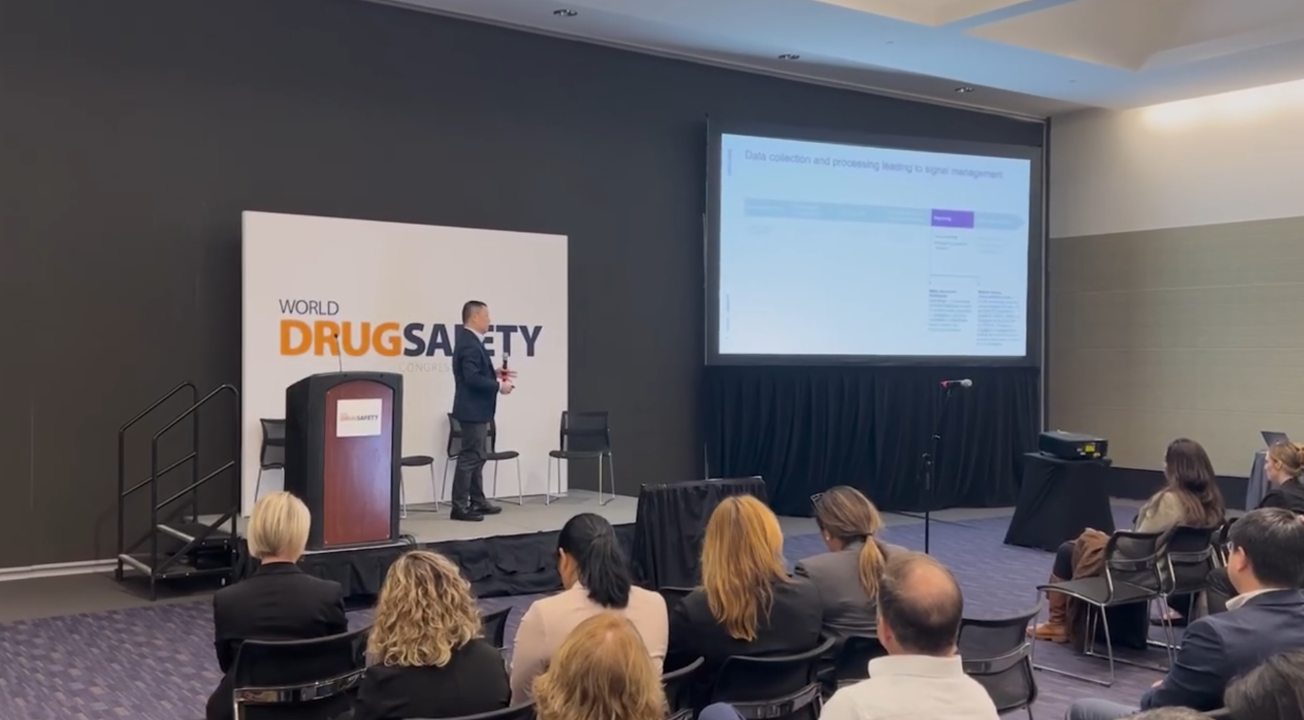Interview: Inclusion of Health-Related Quality of Life (HRQoL) and other Patient-Reported Outcomes (PROs) in the United States Food and Drug Administration (FDA) labels

A conversation with Sarah Cadarette

In anticipation of the 2025 ISPOR meeting, we had the opportunity to speak with Sarah Cadarette, Associate Director, Evidence Generation & Value Communications, to discuss her poster Inclusion of Health-Related Quality of Life (HRQoL) and Other Patient-Reported Outcomes (PROs) in the United States Food and Drug Administration (FDA) Labels on patient-reported outcomes (PROs) and their presence on FDA labels. Sarah shared her insights and findings, shedding light on the importance of PROs in clinical trials and drug labeling. Malia Gill, Brittany Galloway, Nicole Fusco, Maria Koufopoulou, and Erika Wissinger served as co-authors.
*Available in English only

What inspired this research?
Was there a hypothesis that was confirmed through the research?

What are the key takeaways from your research?
Was there anything in the research that was surprising, that you didn't expect, that you found out?
What are the next steps from this research?
Citations relevant to the content described herein are provided in the poster mentioned here. Readers should review all available information related to the topics mentioned herein and rely on their own experience and expertise in making decisions related thereto.
Connect with our team




